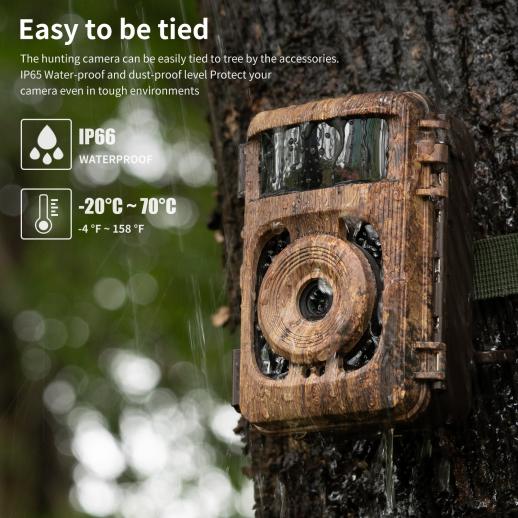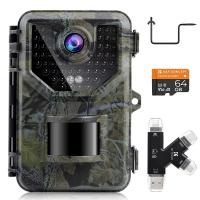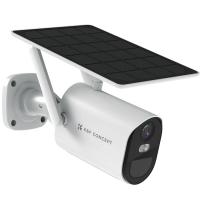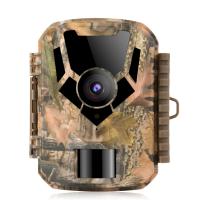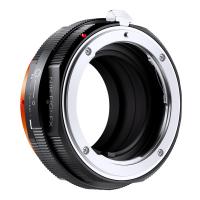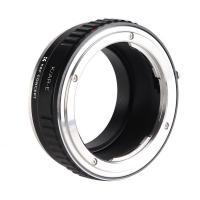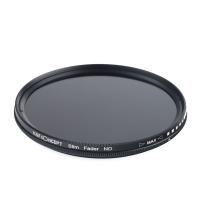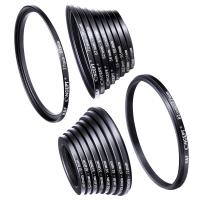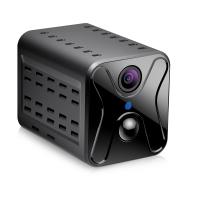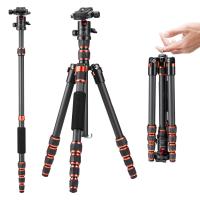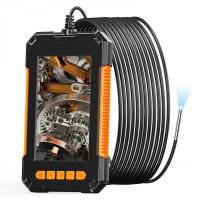Pir Mode Trail Camera
- 01 days
- :
- 07 hours
- :
- 25 min
- :
- 44 sec
- * KF35.133 =KF35.127S1=KF35.127V1+KF28.0011*2+KF42.0013 Low power consumption for longer battery life:With a sleep current of only about 0.20mA, this trail camera can last longer on a single battery charge compared to other models.
- * Time watermark function for accurate recording:The time watermark function ensures that all photos and videos captured by the camera are accurately timestamped, making it easier to track and analyze wildlife activity.
- * Easy camera control with Bluetooth and WIFI:The camera can be easily controlled using Bluetooth and WIFI, allowing you to switch between cameras and monitor activity remotely.
- * Customizable monitoring period for flexibility:The monitoring period can be set from 0-24 hours, giving you the flexibility to choose the best time to capture wildlife activity.
- * Fast trigger photo speed for capturing every moment:With a trigger photo speed of 0.2 seconds, this trail camera can capture every moment of wildlife activity, ensuring that you don't miss a thing.
BUY 3 GET 15% OFF
A PIR (Passive Infrared) mode trail camera is a type of camera that uses infrared technology to detect motion and capture images or videos of wildlife or other outdoor activities. The PIR sensor detects changes in temperature and movement, triggering the camera to take a photo or record a video. This type of camera is commonly used for hunting, wildlife observation, and security purposes. The PIR mode helps to conserve battery life by only activating the camera when motion is detected, rather than constantly recording. Trail cameras with PIR mode typically have a long battery life and can withstand harsh outdoor conditions. They are often equipped with night vision capabilities, allowing for clear images and videos even in low light conditions. Some trail cameras also have wireless connectivity, allowing users to remotely access and view the images and videos captured by the camera.
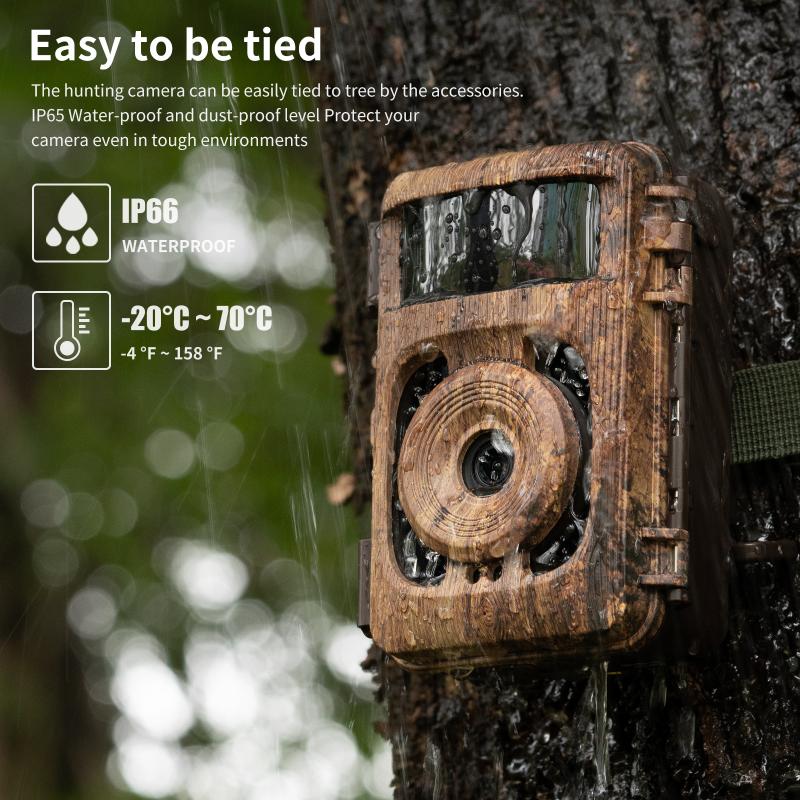
Product Advantages:
1. Enhanced Detection: The PIR (Passive Infrared) mode in trail cameras provides enhanced detection capabilities. It detects the heat signatures of animals and humans, making it easier to capture images and videos of wildlife in their natural habitat. The PIR mode also reduces the chances of false triggers, ensuring that the camera only captures relevant footage.
2. Longer Battery Life: Trail cameras with PIR mode have longer battery life compared to traditional cameras. This is because the PIR mode only activates the camera when it detects motion or heat signatures, conserving battery power. This makes it ideal for long-term surveillance and monitoring.
3. High-Quality Images and Videos: Trail cameras with PIR mode capture high-quality images and videos, even in low-light conditions. This is because the PIR mode activates the camera's night vision capabilities, allowing it to capture clear footage in the dark.
4. Easy to Use: Trail cameras with PIR mode are easy to use and set up. They come with user-friendly interfaces and can be easily mounted on trees or other surfaces. The PIR mode also eliminates the need for complicated settings and adjustments, making it ideal for beginners and professionals alike.

Maintenance:
1. Regularly clean the camera lens: The PIR mode trail camera is designed to capture images and videos in outdoor environments, which means that the lens can easily get dirty from dust, dirt, and other debris. Regularly cleaning the lens with a soft cloth or lens cleaning solution can help ensure that your camera captures clear and high-quality images.
2. Check the battery level: The PIR mode trail camera relies on batteries to function, so it's important to check the battery level regularly. Low battery levels can cause the camera to malfunction or stop working altogether. Make sure to replace the batteries as soon as they start to run low.
3. Protect the camera from extreme weather conditions: The PIR mode trail camera is designed to withstand outdoor environments, but extreme weather conditions such as heavy rain, snow, or extreme heat can damage the camera. Make sure to protect the camera from these conditions by using a protective cover or housing.
4. Update the firmware: Manufacturers often release firmware updates for their cameras to improve performance and fix bugs. Make sure to check for firmware updates regularly and install them as soon as they become available.
5. Use high-quality memory cards: The PIR mode trail camera relies on memory cards to store images and videos. Using low-quality or incompatible memory cards can cause the camera to malfunction or lose data. Make sure to use high-quality memory cards that are compatible with your camera.

Related accessories:
1. External Battery Pack: A PIR mode trail camera is designed to capture images and videos of wildlife in remote areas. An external battery pack can be a useful accessory to extend the camera's battery life. It can be connected to the camera via a cable and can provide power for several days or even weeks, depending on the capacity of the battery pack.
2. SD Card Reader: A trail camera typically stores images and videos on an SD card. An SD card reader can be a useful accessory to transfer the files from the camera to a computer or other device. It can be a small and portable device that connects to a USB port and allows for quick and easy file transfer.
3. Security Box: A PIR mode trail camera is often used in remote areas where there is a risk of theft or damage. A security box can be a useful accessory to protect the camera from theft or damage. It is a metal box that can be locked and secured to a tree or other object, providing a secure and safe location for the camera.
4. Solar Panel: A PIR mode trail camera requires power to operate, and a solar panel can be a useful accessory to provide a renewable source of energy. It can be connected to the camera via a cable and can provide power during the day, even in remote areas where there is no access to electricity. A solar panel can be a cost-effective and environmentally friendly way to power a trail camera.
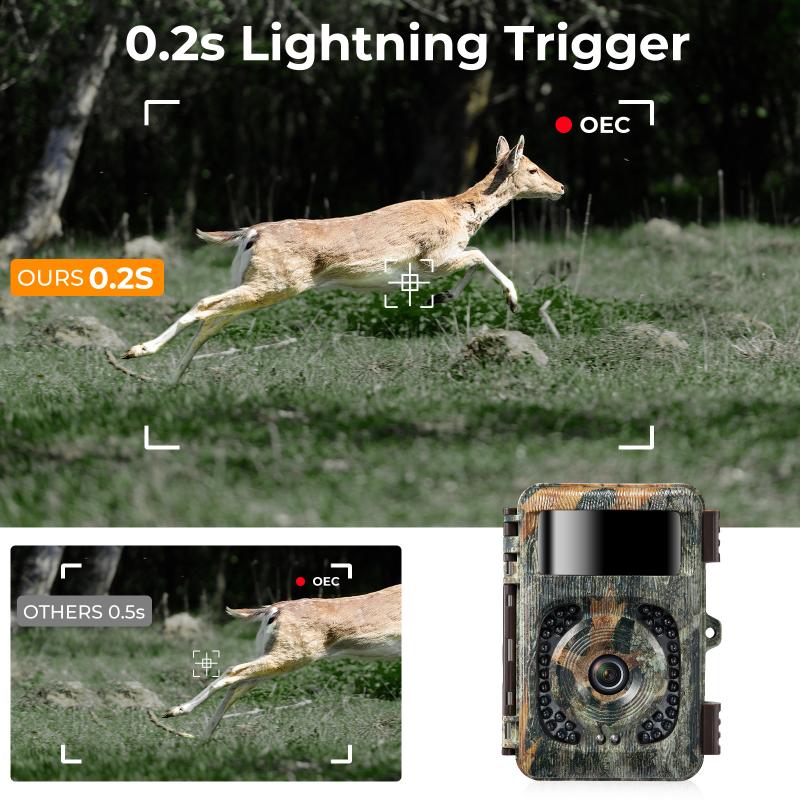
Product features:
1. High-Quality Image Sensor: A PIR mode trail camera should have a high-quality image sensor that can capture clear and detailed images even in low light conditions. This feature is essential for wildlife photography, as animals are often active during dawn and dusk when lighting conditions are not optimal.
2. Motion Detection: The camera should have a motion detection feature that can detect movement and trigger the camera to start recording. This feature is crucial for capturing wildlife in their natural habitat, as animals are often on the move.
3. Long Battery Life: A PIR mode trail camera should have a long battery life to ensure that it can capture images and videos for an extended period without needing to be recharged. This feature is especially important for outdoor use, where access to power sources may be limited.
4. Weatherproof Design: The camera should have a weatherproof design that can withstand harsh outdoor conditions such as rain, snow, and extreme temperatures. This feature is essential for outdoor use, where the camera may be exposed to the elements.
5. Wireless Connectivity: The camera should have wireless connectivity options such as Wi-Fi or Bluetooth, which allows users to transfer images and videos to their smartphones or other devices. This feature makes it easier to share images and videos with others and also allows for remote monitoring of the camera.
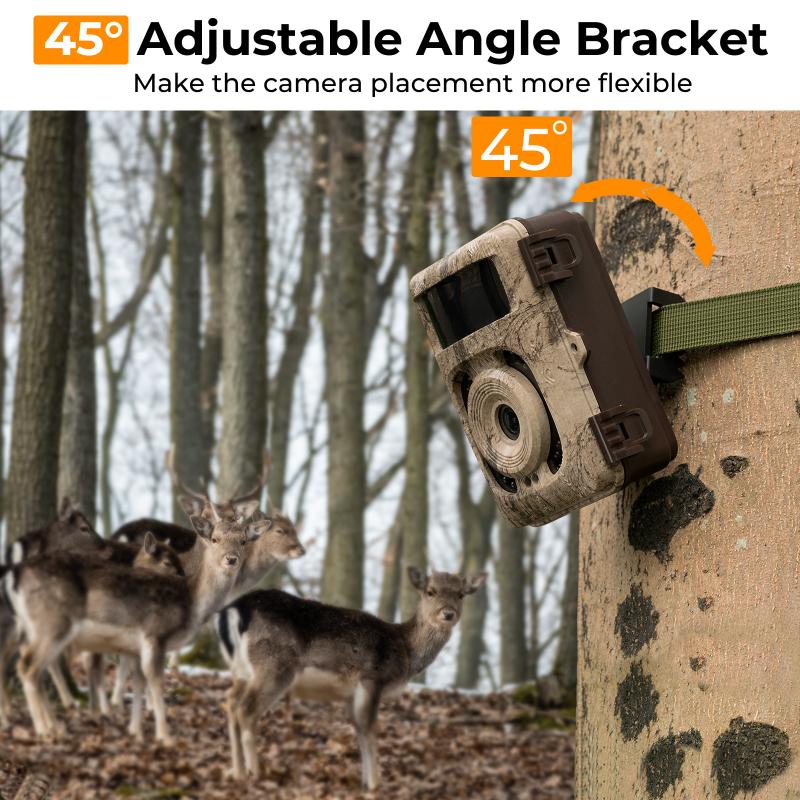
Product parameters:
Monitoring period setting : 0-24 hours
Moon image watermarking : Support
Trigger photo speed : 0.2 seconds
Operating temperature : -20 - 60°C
Number of consecutive shots : 1 shot in a row, 2 shots in a row, 3 shots in a row, 10 shots in a row
Time watermark function : Support
Timing shooting function : 3 seconds - 24 hours
Link method : Bluetooth switch camera WIFI
Sleep current : about 0.20mA
Infrared filter unit : Fully automatic
- All Reviews
- Image

